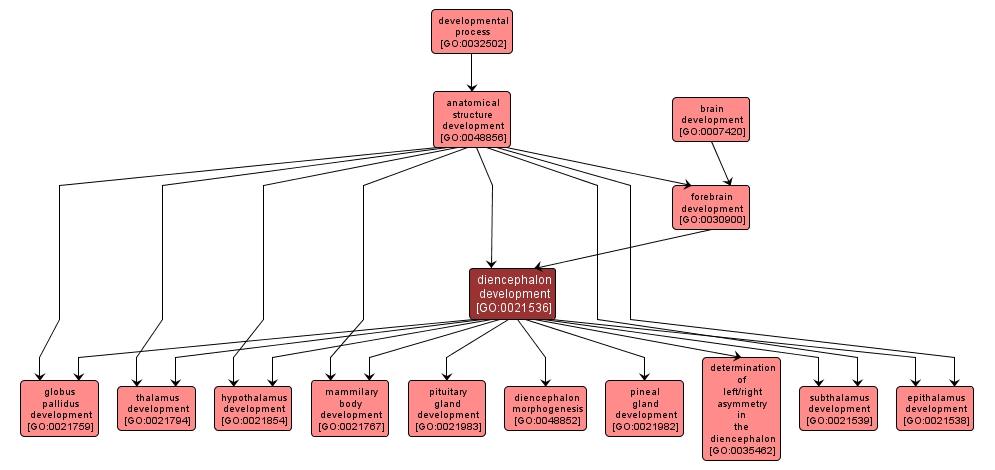| Desc: |
The process whose specific outcome is the progression of the diencephalon over time, from its formation to the mature structure. The diencephalon is the paired caudal parts of the prosencephalon from which the thalamus, hypothalamus, epithalamus and subthalamus are derived; these regions regulate autonomic, visceral and endocrine function, and process information directed to the cerebral cortex. |














